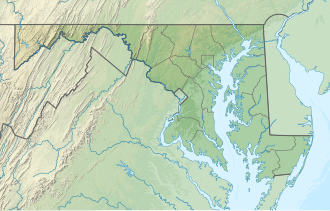| Herring Bay | |
|---|---|
 View southeast across Herring Bay from MD 423 in Fairhaven-on-the-Bay | |
| Location | Anne Arundel County [1] |
| Coordinates | 38°45′10″N76°32′36″W / 38.75278°N 76.54333°W |
| Type | Bay [1] |
| Part of | Chesapeake Bay |
| Surface elevation | 0 feet (0 m) [1] |
Herring Bay is a bay in Anne Arundel County in the U.S. state of Maryland. It lies in the mid-Chesapeake Bay along the western shore.

